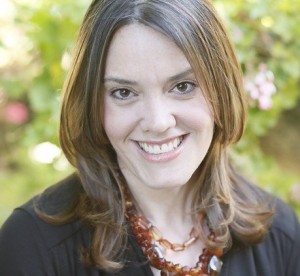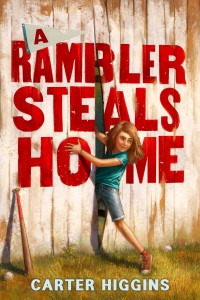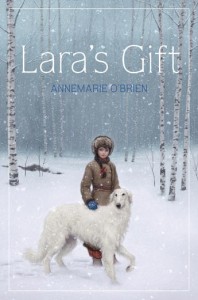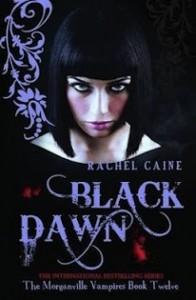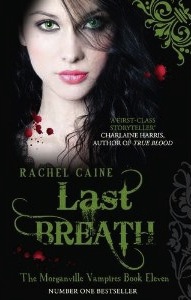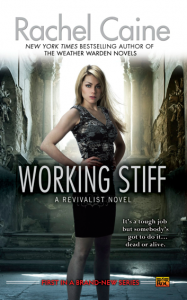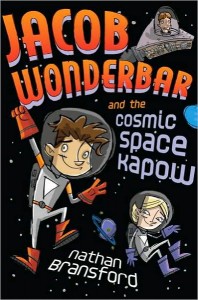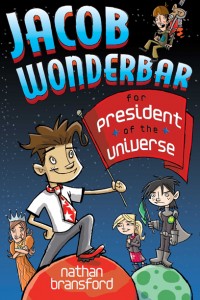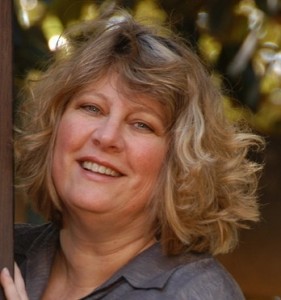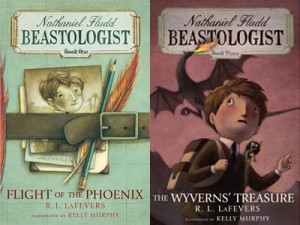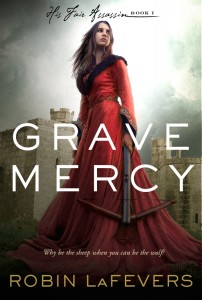Dear Editor…
How do I know if having an 18-year-old protagonist means I’ve got a Young Adult novel or New Adult? What if I make him 19?
Sincerely,
L.
Dear L….
Age seems like it would be the determining factor—but it’s not. Young Adult versus New Adult is the difference between being ready to launch and having launched. Young Adults anticipate their future. They yearn to get out there and put their dreams into action. But they haven’t done it yet. Socially, young adults still have at least one foot in established peer circles, and family is often still part of their daily lives. A new adult, though, is living the reality in all its complicated glory. They’re focusing on executing the plans they made—and usually rethinking them. They process the world from that point of view, which shows up in their stories’ narrative sensibilities and plots. Friendships are intensely important to both age groups, but for new adults, the traditional family structure gives way to a new “family” of friends. The word “new” matters, as new adulthood is a time of massive change and new experiences. Consider how often the very fact of where they live changes—dorms, apartments, revolving roommates. New adulthood throbs with instability and the stress that goes with it. Even good change is stressful, right? These are the things that determine whether your story is Young Adult or New Adult, not whether your protagonist has eighteen or nineteen candles on their birthday cake.
Happy writing!
The Editor
The Editor, Deborah Halverson, has been editing books for over 25 years and specializes in Middle Grade/Young Adult fiction and nonfiction, New Adult fiction, and picture books. For her editorial guidance in making your manuscript ready for submission to agents and publishers or for self-publishing, click Editorial services. Learn more in her books: Writing Young Adult Fiction for Dummies and Writing New Adult Fiction.
